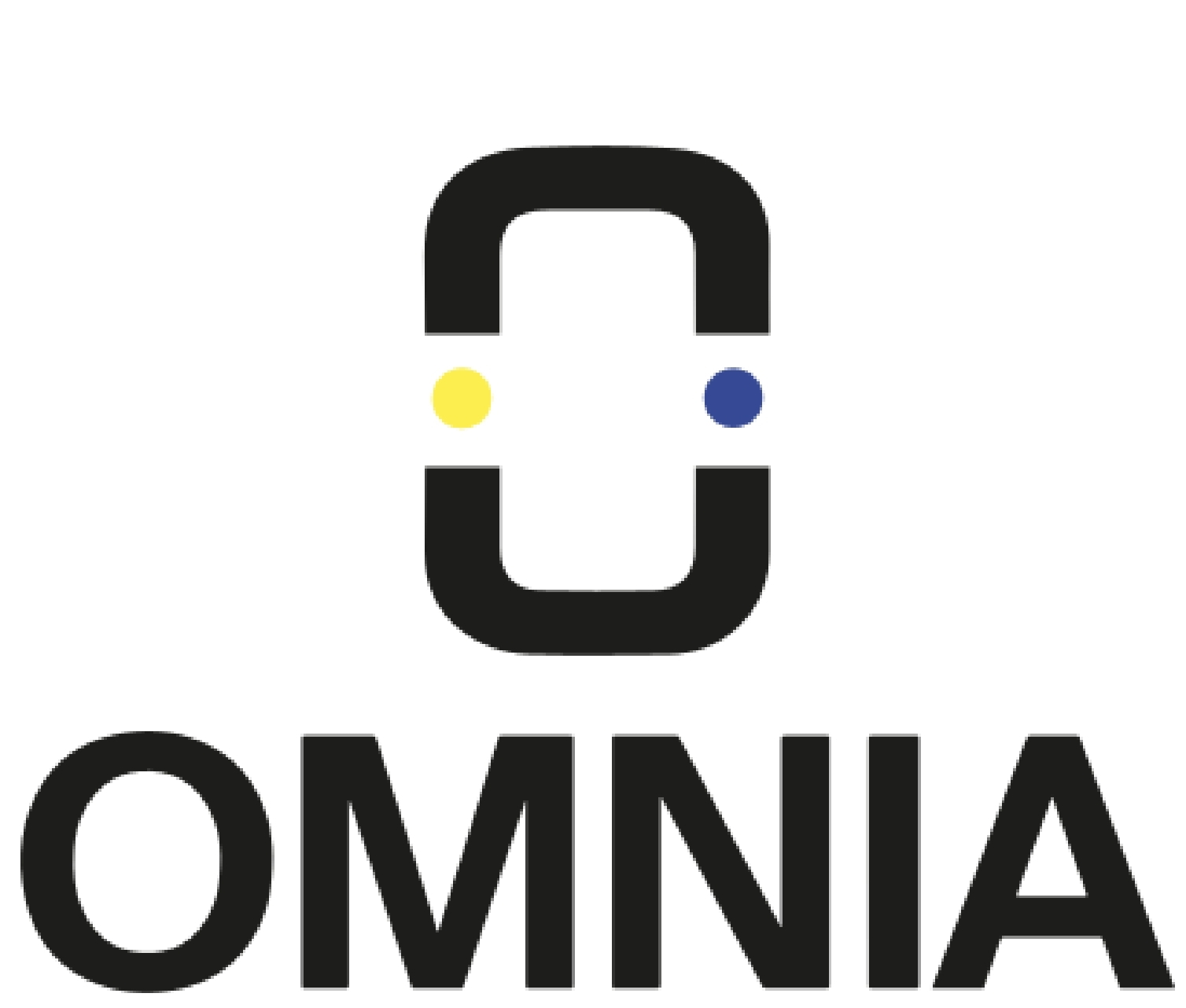
OMNIA Protocol priceOMNIA
OMNIA/USD price calculator
OMNIA Protocol market Info
Live OMNIA Protocol price today in USD
The crypto market on December 13, 2025, is buzzing with a mix of regulatory advancements, significant network upgrades, and fluctuating market dynamics. While Bitcoin consolidates, Ethereum's ecosystem sees a major leap forward, and regulatory clarity continues to shape institutional adoption.
Bitcoin's Price Action and Market Sentiment Bitcoin (BTC) is trading around the $90,000 to $92,000 range, displaying consolidation rather than a decisive rally. Despite a recent 25-basis-point interest rate cut by the US Federal Reserve, the market hasn't seen a significant bullish breakout, with macroeconomic uncertainty still influencing risk assets. Analysts suggest that tight crypto liquidity and a lack of retail trading contribute to this consolidation. The price is hovering above $92,000, but a clear break above the $92,000-$94,000 resistance level is needed to target $100,000. Conversely, a drop below $86,000 could push prices toward $75,000. Bitcoin's implied volatility is reportedly diminishing, with options activity skewed towards puts, indicating expectations of limited upside in the near term. The largest crypto derivatives exchange, Deribit, notes that call and put interests are almost balanced, suggesting a contained expiry for current options.
Ethereum's Fusaka Upgrade and Ecosystem Developments Ethereum (ETH) is experiencing a dynamic period, having recovered from an early December sell-off that pushed prices to around $2,800. The network is poised for its significant "Fusaka" upgrade, which commenced on December 3, 2025. This upgrade aims to dramatically accelerate the network and reduce Layer 2 costs by 40-60% through innovations like PeerDAS technology and an increased gas block limit. These enhancements are expected to make Ethereum faster, cheaper, and more scalable, benefiting Layer 2 networks such as Arbitrum and Optimism. The anticipation of these improvements is expected to support Ethereum's price in the coming months. Current prices for Ethereum are around $3,250, with analysts watching the $3,300-$3,350 resistance zone for a potential breakout towards $3,700-$3,800. Ethereum also continues to dominate the NFT market, holding a 62% share of all NFT transactions as of December 2025.
Regulatory Landscape and Institutional Adoption 2025 has been a pivotal year for crypto regulation, moving from enforcement-driven actions to comprehensive frameworks. Jurisdictions worldwide have implemented clearer guidelines, providing both clarity and new challenges for compliance teams. In the U.S., regulators and lawmakers are advancing multiple digital-asset initiatives, including a new Senate draft expanding CFTC authority and new SEC and IRS guidance. The Office of the Comptroller of the Currency (OCC) has granted preliminary approval for several crypto giants, including Ripple and Circle, to establish national trust banks. This move is seen as a significant step in integrating digital assets into the banking system, formalizing paths for stablecoin, custody, and tokenization businesses under regulatory supervision. Europe's Markets in Crypto-Assets (MiCA) regulation, fully effective by the end of 2024, is reshaping the regional market, requiring crypto firms to be licensed and adhere to strict standards, fostering increased trust and institutional interest.
DeFi, NFTs, and Web3 Innovations The Decentralized Finance (DeFi) sector is experiencing rapid evolution, with cross-chain interoperability emerging as a significant trend, allowing seamless communication and transactions across various blockchain networks. The integration of DeFi protocols into traditional fintech applications is also gaining traction, offering more secure and compliant financial products. Institutional adoption of tokenized real-world assets (RWAs) is accelerating, expanding collateral options in the DeFi ecosystem. In the NFT space, while Ethereum maintains dominance, emerging platforms like BNB Chain and Mythos Chain are making strides. Yuga Labs, creator of the Bored Ape Yacht Club, continues to build its metaverse project, Otherside, by onboarding new NFT communities like Good Vibes Club and 0N1 Force. These developments underscore a trend towards utility-driven ecosystems beyond simple digital collectibles. Web3 innovation is also highlighted by events like the India Blockchain Week (IBW) 2025, which showcased India's ascent as a global Web3 hub despite regulatory challenges. The event focused on topics such as AI, DePIN, Layer 1/Layer 2 solutions, RWAs, and stablecoins. On the security front, quantum-resilient solutions are emerging, with new smart contract wallets like Quantum-Sig being launched to protect digital assets against future quantum attacks.
Altcoin Market Trends The altcoin market shows varied performance. While some altcoins like Solana, Cardano, and Dogecoin experienced declines recently, others like XRP have shown resilience. XRP's comeback story continues, driven by clearing legal hurdles and expanding into central bank integrations. Solana remains a strong contender with its high speed and low transaction costs attracting liquidity and developers. AI-related altcoins like Bittensor are gaining attention due to their differentiated use cases and Bitcoin-like tokenomics.
Exchange-Specific News (Bitget) Bitget, a major exchange, has been active in expanding its derivatives offerings. The platform launched USUSDT for futures trading on December 12, 2025, offering up to 25x leverage and supporting trading bots. Additionally, Bitget transitioned the STABLEUSDT perpetual futures contract from pre-market to the standard USDT-Margined category, enhancing price transparency. However, users should be aware that Bitget is also delisting 12 spot trading pairs on December 19, 2025, and has suspended transfer and borrowing services for some pairs in spot margin trading. In other news, the government of Belarus recently blocked access to several crypto exchanges, including Bitget, within its jurisdiction.
Do you think the price of OMNIA Protocol will rise or fall today?
Now that you know the price of OMNIA Protocol today, here's what else you can explore:
How to buy OMNIA Protocol (OMNIA)?How to sell OMNIA Protocol (OMNIA)?What is OMNIA Protocol (OMNIA)What would have happened if you had bought OMNIA Protocol (OMNIA)?What is the OMNIA Protocol (OMNIA) price prediction for this year, 2030, and 2050?Where can I download OMNIA Protocol (OMNIA) historical price data?What are the prices of similar cryptocurrencies today?Want to get cryptocurrencies instantly?
Buy cryptocurrencies directly with a credit card.Trade various cryptocurrencies on the spot platform for arbitrage.OMNIA Protocol price prediction
When is a good time to buy OMNIA? Should I buy or sell OMNIA now?
What will the price of OMNIA be in 2026?
In 2026, based on a +5% annual growth rate forecast, the price of OMNIA Protocol(OMNIA) is expected to reach $0.003022; based on the predicted price for this year, the cumulative return on investment of investing and holding OMNIA Protocol until the end of 2026 will reach +5%. For more details, check out the OMNIA Protocol price predictions for 2025, 2026, 2030-2050.What will the price of OMNIA be in 2030?
About OMNIA Protocol (OMNIA)
What Is Omnia Protocol?
Omnia Protocol is a decentralized infrastructure built to offer secure, private, and reliable access to various blockchain networks. It addresses concerns with centralization, where a few major providers control access to blockchain services, creating risks like outages or potential data exploitation. By distributing network tasks across independent nodes, Omnia Protocol reduces these risks and ensures continuous, decentralized access to blockchains like Ethereum, Binance Smart Chain, and others.
The protocol caters to decentralized finance (DeFi) users, developers, and organizations that require secure blockchain interactions without relying on centralized providers. By focusing on privacy and decentralization, Omnia aims to support the growing demand for secure blockchain infrastructure in the Web3 ecosystem.
How Omnia Protocol Works
Omnia Protocol connects users and applications to blockchain networks through a decentralized network of nodes. These nodes act as decentralized API gateways, processing blockchain transactions and ensuring that no single entity controls or monopolizes access to the network. The decentralized structure makes the protocol more resilient, reducing the likelihood of service interruptions caused by failures in centralized infrastructure.
To ensure data privacy, Omnia uses cryptographic techniques to protect sensitive transaction information. This is particularly important for DeFi users who are at risk of strategies like frontrunning, where transaction orders are exploited. Omnia includes tools to safeguard against such attacks, providing users with more secure access to blockchain networks.
Node operators play a key role in maintaining the network. They register their nodes through the Omnia platform, and in return for their participation, they receive rewards in the form of $OMNIA tokens. These operators must meet performance and security standards, with Omnia regularly verifying node activity to ensure compliance. Failing to meet these standards could result in a penalty, reinforcing the network’s reliability.
Omnia Protocol also supports multiple blockchains, enabling developers and users to interact securely with different blockchain ecosystems. It offers both public and private Remote Procedure Call (RPC) endpoints, facilitating efficient blockchain communication for decentralized applications (dApps) and other services.
What Is OMNIA Token Used For?
The OMNIA token plays a central role in the Omnia ecosystem as both a utility and governance token. It is used for several key functions within the network, including:
-
Node Operator Incentives: Node operators who contribute to the decentralized infrastructure by maintaining and securing nodes are rewarded in OMNIA tokens. The amount of tokens earned is based on the node's performance, uptime, and the volume of requests it handles.
-
Staking and Governance: OMNIA token holders can stake their tokens to participate in the governance of the protocol. This allows them to vote on important protocol decisions, such as updates, network fees, and future developments. Staking also ensures that node operators have a vested interest in maintaining high standards of service.
-
Access to Premium Services: Users can use OMNIA tokens to unlock premium features, such as access to private RPC nodes, enhanced transaction security, and priority services. The token can also be used to reduce fees for higher-tier subscription plans, providing discounts based on the number of tokens held.
Conclusion
Omnia Protocol is a decentralized infrastructure solution designed to address the challenges of centralization, privacy, and security in blockchain networks. By leveraging a network of distributed nodes and offering incentives through the OMNIA token, it provides a reliable and privacy-focused solution for accessing blockchain services. The protocol is designed to meet the needs of DeFi users, developers, and organizations looking for secure, decentralized alternatives to centralized blockchain providers.
Bitget Insights




OMNIA/USD price calculator
OMNIA resources
What can you do with cryptos like OMNIA Protocol (OMNIA)?
Deposit easily and withdraw quicklyBuy to grow, sell to profitTrade spot for arbitrageTrade futures for high risk and high returnEarn passive income with stable interest ratesTransfer assets with your Web3 walletWhat is OMNIA Protocol and how does OMNIA Protocol work?
Global OMNIA Protocol prices
Buy more
FAQ
What is the current price of OMNIA Protocol?
What is the 24 hour trading volume of OMNIA Protocol?
What is the all-time high of OMNIA Protocol?
Can I buy OMNIA Protocol on Bitget?
Can I get a steady income from investing in OMNIA Protocol?
Where can I buy OMNIA Protocol with the lowest fee?
Related cryptocurrency prices
Prices of newly listed coins on Bitget
Hot promotions
Where can I buy OMNIA Protocol (OMNIA)?
Video section — quick verification, quick trading









